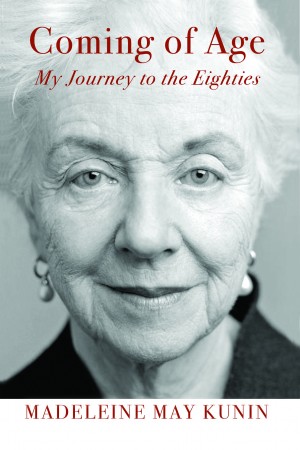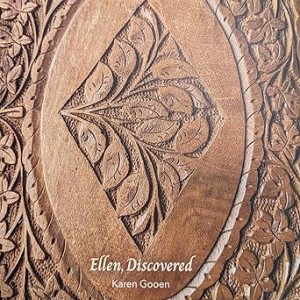Welcome to Wherever We Are is a meditation on what shalom bayit really means and exposes domestic violence in the Jewish community. It’s about what we hold onto, what we let go of, how we remember others, and how we’re remembered. Cohan shares her story of caring for her father, a man who was loving and cruel, whose career as an advertising executive included creating slogans like “Hey, how ’bout a nice Hawaiian punch?” and who was affectionate, creating magical coat pockets filled with chocolate kisses when she was a little girl, yet who was also prone to vicious remarks like “You’d make my life easier if you’d commit suicide.”
Cohan weaves in her expertise as a sociologist and counselor to address questions related to marriage, violence, divorce, only children, intimacy, and loss. A story many can relate to as we reckon with our choices against the backdrop of complicated family dynamics, this is about how we might come to live our own lives better amidst unpredictable changes through grief and healing.

Nonfiction
Welcome to Wherever We Are: A Memoir of Family, Caregiving, and Redemption
June 29, 2019
Discussion Questions
Courtesy of Deborah Cohan
- How does the book change or expand how you define abuse?
- Do you find yourself drawn to the author’s father? Why or why not? Is he a sympathetic character?
- The book is organized around a literary technique known as the objective correlative where objects and situations serve as symbols for revealing complex emotional terrain. What did these mundane yet evocative objects and events come to mean in the book and to you as a reader?
- What is the role of memory in trauma? What is the role of memory in grief?
- What is the role of memory in caregiving? What is the role of memory in identity?
- What questions and answers do the book reveal about forgiveness?
- What do you make of the author’s mother in the story? Is she a sympathetic character?
- What appears to be the significance of friendship in the author’s life?
- The author and her partner, Mike, are involved in what is referred to as a LAT, a “living apart together” relationship. What seem to be the strengths and limitations of such a union?
- What is the role of anger and rage in the book? How do we see the anger and rage that the author witnessed and experienced in various settings as well as her own legitimate rage at specific conditions and arrangements? How do we see the author re-channel that rage creatively in ways that are highly transformative?
- Where in the story is there evidence of healing, recovery, and personal triumph?

Jewish literature inspires, enriches, and educates the community.
Help support the Jewish Book Council.


